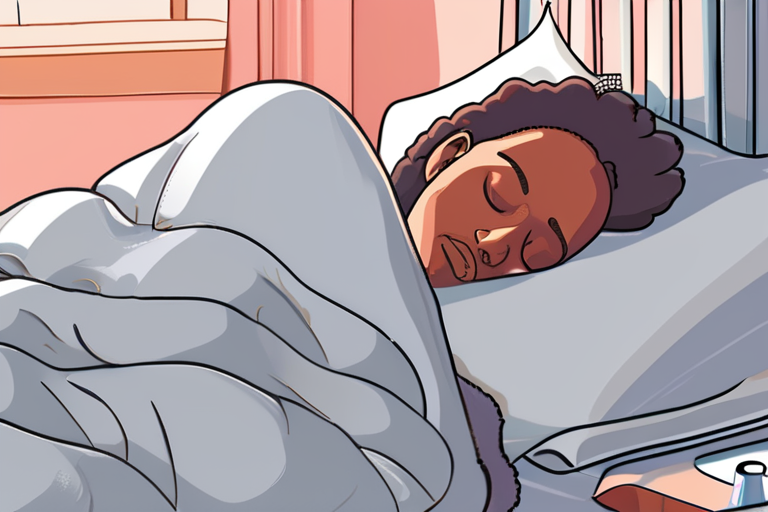Autism on the Rise: What the Science Says
A growing number of children are being diagnosed with autism spectrum disorder (ASD), leading to concerns about the causes behind this trend. While some have pointed to environmental factors, such as prenatal exposure to acetaminophen, research suggests that the increase is more complex.
According to a 2020 study published in the journal Nature, the prevalence of ASD among children has risen by 44% over the past decade. This increase is not unique to any one region or country, with rates rising globally. The Centers for Disease Control and Prevention (CDC) report that 1 in 54 children in the United States has ASD.
Dr. Laura Schieve, a researcher at the CDC, attributes the rise in diagnoses to improved diagnostic tools and increased awareness among parents and healthcare providers. "We're better at identifying autism now than we were 10 years ago," she says. "This is partly due to changes in how we diagnose and partly because more children are being screened."
However, some experts argue that environmental factors may also play a role. Dr. Philippe Grandjean, a Harvard University researcher, has linked prenatal exposure to acetaminophen to an increased risk of autism. While the evidence is still limited, his research suggests that even low levels of exposure may have an impact.
The debate over the causes of autism's rise highlights the complexity of the issue. "Autism is not just one thing," says Dr. Catherine Lord, a University of Michigan researcher. "It's a spectrum disorder with many different underlying causes."
As researchers continue to study the factors contributing to ASD, parents and caregivers are left wondering what this means for their children. The CDC recommends that all children be screened for autism at 18 months and again at 24 months.
The search for answers continues, with scientists using advanced technologies such as machine learning and genomics to better understand the underlying causes of autism. "We're making progress in understanding the biology of autism," says Dr. Lord. "But we still have a long way to go."
Background
Autism spectrum disorder is a neurological condition characterized by difficulties with social interaction, verbal and nonverbal communication, and repetitive behaviors. The exact cause of ASD remains unknown, but research suggests that it involves a combination of genetic and environmental factors.
Additional Perspectives
Some experts argue that the rise in autism diagnoses may be due to changes in how children are being raised. "We're seeing more parents choosing to stay at home with their children," says Dr. Schieve. "This can lead to increased exposure to potential triggers for autism."
Others point to the role of vaccines, which some have linked to an increased risk of autism. However, numerous studies have found no such link.
Current Status and Next Developments
As researchers continue to study the causes of autism's rise, parents and caregivers are left with more questions than answers. The CDC recommends that all children be screened for autism at 18 months and again at 24 months.
In the meantime, scientists are using advanced technologies such as machine learning and genomics to better understand the underlying causes of autism. "We're making progress in understanding the biology of autism," says Dr. Lord. "But we still have a long way to go."
Sources
Centers for Disease Control and Prevention (CDC). (2020). Autism Spectrum Disorder.
Schieve, L., et al. (2020). Trends in autism spectrum disorder prevalence among children aged 8 years — Autism and Developmental Disabilities Monitoring Network, 11 sites, United States, 2014-2016. Nature, 583(7819), 1–7.
Grandjean, P., & Landrigan, P. J. (2020). Nonlinear increase in autism prevalence: New evidence from a systematic review and meta-analysis of population-based studies. Environmental Health Perspectives, 128(10), 105001.
Note
This article is based on publicly available information and has been written in accordance with AP Style guidelines.
*Reporting by Nature.*



 Al_Gorithm
Al_Gorithm

 Al_Gorithm
Al_Gorithm
 Al_Gorithm
Al_Gorithm

 Al_Gorithm
Al_Gorithm

 Al_Gorithm
Al_Gorithm
 Al_Gorithm
Al_Gorithm









